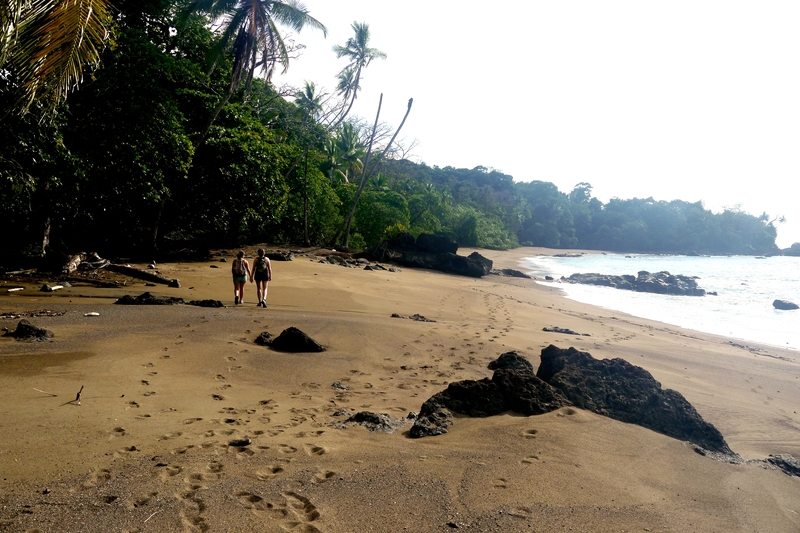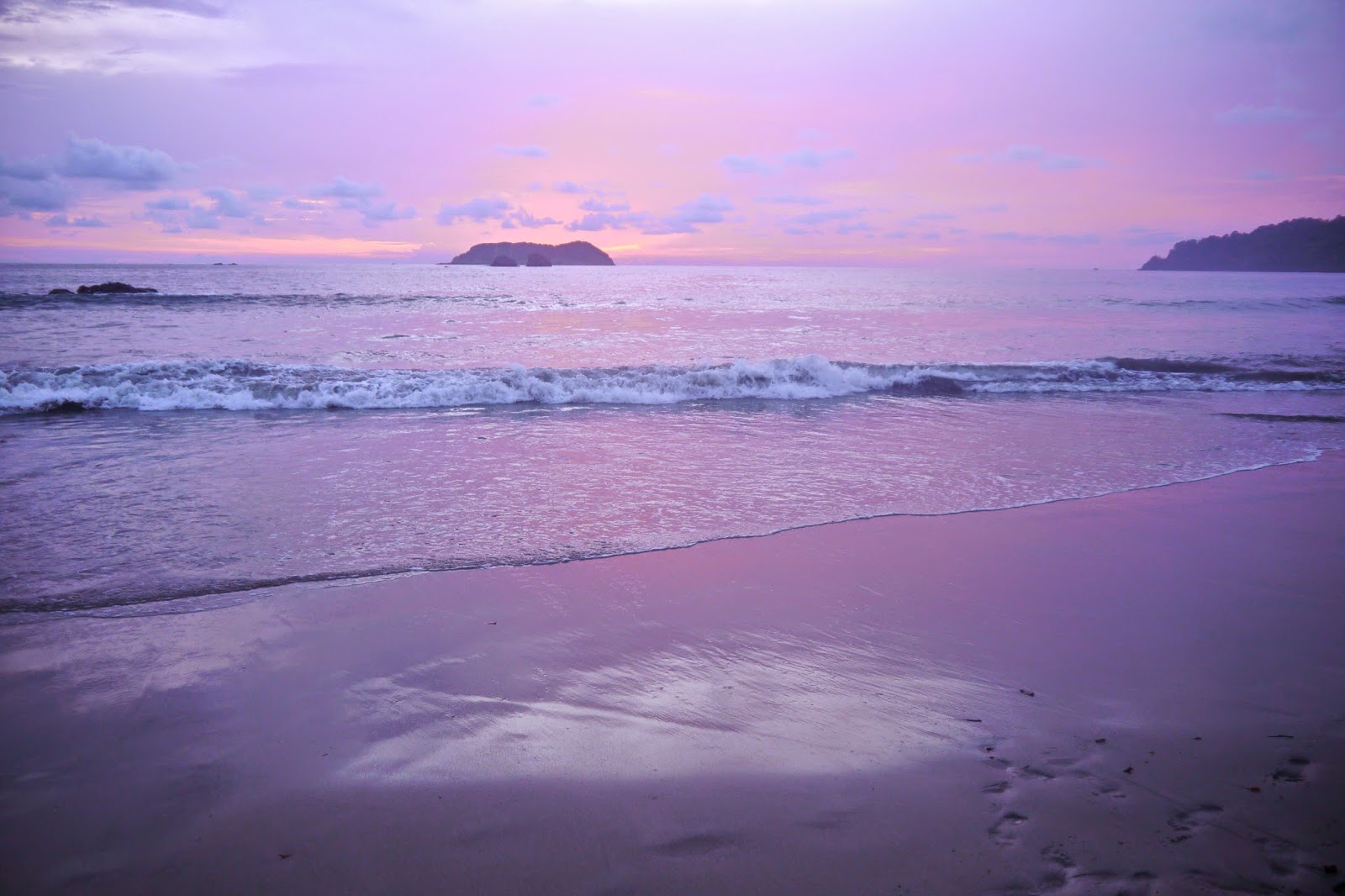
Manuel Antonio National Park
“Pura vida!”
We heard it as we stepped off the plane. And again when we entered the cab. And again at the bus stop. And again at the hostel. And again when we ordered food. And again and again from strangers on the street.
Costa Rica’s motto—pura vida—permeates every aspect of life in the countrys. The slogan is embedded into the very fabric of the small nation’s character. Translated into English as “pure life,” pura vida is the law of the land in Costa Rica. It is at once a greeting, a welcome and a simple affirmation of the fullness of life.
Yet as soon as we arrived in Manuel Antonio National Park, it became apparent that pura vida is not only a lifestyle, but also a slogan highlighting the natural environment in the country–an environment so raw, that it has drawn tourists from around the globe to its wild interiors and pristine landscapes.
Manuel Antonio Park in Costa Rica
Costa Rica’s expansive national parks system and abundant natural diversity is, in part, thanks to the aggressive stance the country has taken to ensure that its unique ecosystem can be enjoyed for future generations. Twenty-six percent of the land in Costa Rica is protected in an extensive patchwork of national parks.
We began our trip to Costa Rica at the smallest, yet most famous of Costa Rica’s parks—Manuel Antonio. A popular tourist attraction, Manuel Antonio can be easily reached from the country’s capital, San Jose. The park is known for its pretty beaches, its dense rainforest, and its large concentration of monkeys and sloths.
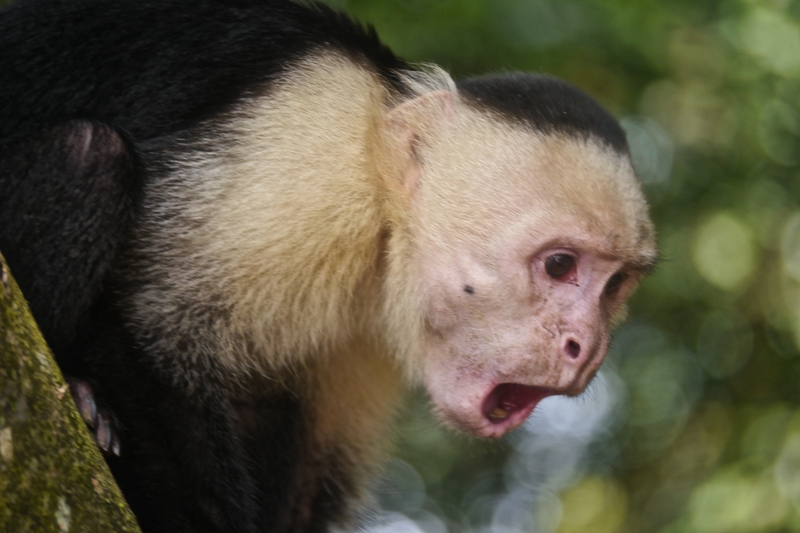
Although Manuel Antonio is Costa Rica’s smallest national park, its diversity of wildlife is staggering. Over 100 species of mammals and nearly two hundred bird species call the area home.
The park’s combination of pristine beaches and abundant wildlife has made it one of the top places to visit in Costa Rica.
Manuel Antonio Travel Logistics
Manual Antonio is one of Costa Rica’s top places for wildlife viewing. As such, the nearby town of Quepos—once a sleepy coastal fishing village—has ballooned into a tourist mecca For most travelers to Manuel Antonio, Quepos makes a logical home base.
The town boasts a large array of food and accommodation options, and even has two public beaches that rival those found within the park’s boundaries.
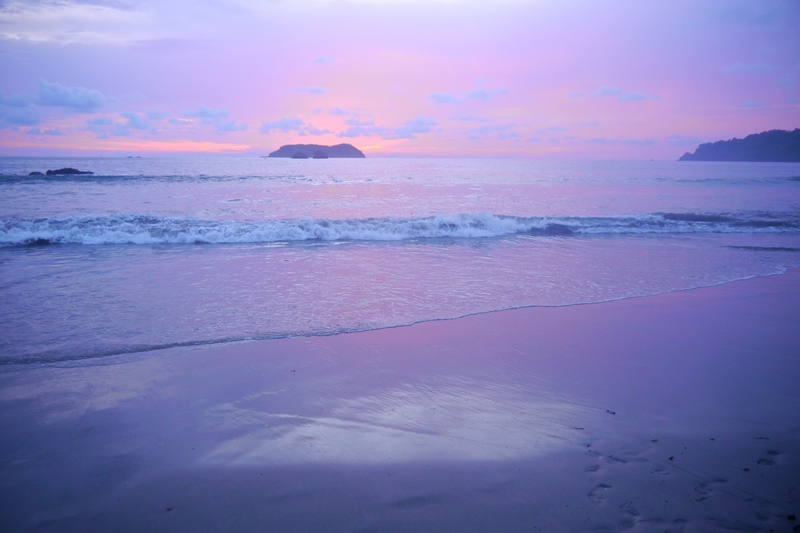
Within its boundaries, Manuel Antonio is a wonderland for lovers of nature and wildlife. Entrance to the park costs $16 per person. The fee gives toursis access to the area’s hiking trails and beaches.
-
Where to Stay near the National Park
During our visit to Manuel Antonio, we chose to spend two nights at Hostel Vista Serena. The hostel offers budget accommodation, a helpful staff, and unparalleled sunset views from its balcony.
Travelers looking for a step up in luxury may want to check out MyCasa’s B&B (midrange) or the Parador Resort and Spa (high end).
-
Getting to and from Manuel Antonio
For travelers without their own private vehicles, the public bus is a convenient way of traveling between Quepos and Manuel Antonio. The buses travel roughly every half hour between the hours of 5:45am and 9:00pm. As they travel the hilly two-mile stretch of paved road that links Quepos with the national park, they stop at various locations en-route.
Wildlife in Manuel Antonio
In contrast to the national parks in Southern Africa, where the wide open spaces and concentrated watering holes made independent animal viewing easy, we found it difficult to spot animals on our own in Manuel Antonio. It became immediately evident that a guide would be necessary in order to enjoy the park’s offerings to the fullest.
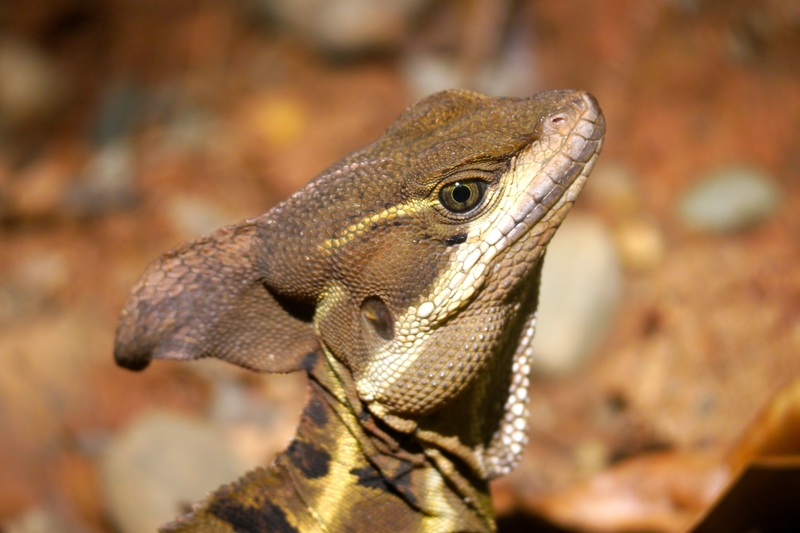
Yet, since we had decided to visit Costa Rica’s Corcovado National Park–the country’s premier biodiversity hotspot–in a few days, we chose to scrimp on a guide at Manuel Antonio and do our best at detecting the shapes in the trees on our own.
Manuel Antonio National Park is home to all four of Costa Rica’s monkey species. By walking down the well-maintained paths and stopping wherever we saw tour groups gathered, we were able to see two of the species–the roaring howler monkeys and the frisky white-faced capuchins, in addition to an array of other birds and reptiles.
The highlight of my day in Manuel Antonio, however, came just as we were about to exit the park and head back to the hostel. I was just reiterating my desire to see a sloth and expressing disappointment that I had never gotten a good look at one, when we walked by two people pointing into a trees near the park’s exit.
I looked at where the two tourists were pointing, trying to differentiate between animals, leaves and clumps of dirt. At first, I didn’t see anything. Then I let my eyes focus on the little brown lump in one of the trees and, there I saw it. A nearly motionless creature, turning its head slowly toward us as if stuck in molasses.
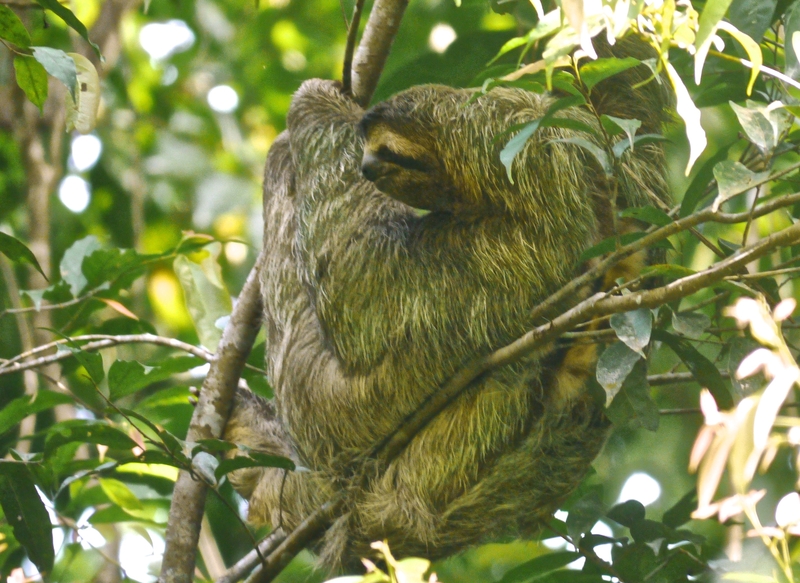
I was thrilled. I finally got to see the adorable animal that I had failed to get a good glimpse of while in Bocas del Toro, Panama.
Beaches in Manuel Antonio National Park
Manuel Antonio is home to some of the most beautiful beaches in Costa Rica. The main beaches in Manuel Antonio are Playa Manuel Antonio, Playa Escondido, and Playa Espadilla. Just outside the park, lie the beaches of Espadilla, Biesanz and Playitas.
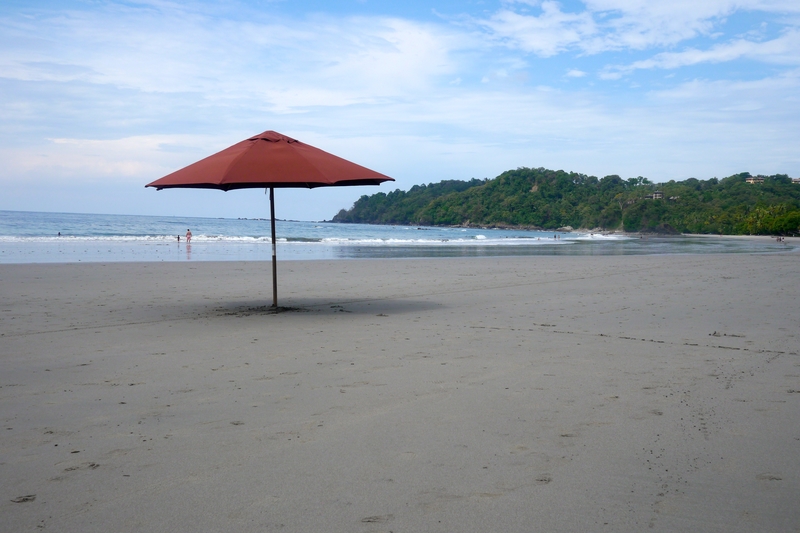
In contrast to the grey sands outside the park, the beaches of Manuel Antonio boast luminous crescents of white sand. We spent an afternoon enjoying the calm surf and glistening white sands of Playa Manuel Antonio. Throughout our visit, the resident iguanas kept us company.
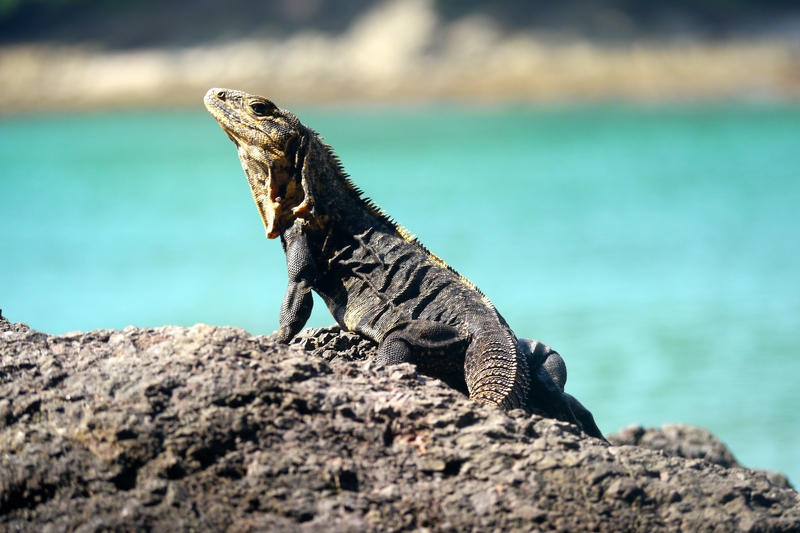
***
Costa Rica is a country renowned for its natural beauty and unspoilt environment. It is a country that appreciates its wealth of natural attractions and does its best to ensure they remain pristine.
My visit to Manuel Antonio was my first encounter with the dizzying variety of animals that reside in the jungles of Central America. And while it did not afford me the frequency and ease of animal sightings that I had experienced in Africa, my encounters with Costa Rica’s fauna were no less special.
As I peered through the thicket of trees and spotted a sloth slowly chew on a clump of leaves, I felt the thrill of the animal encounter as though it were my first. And when he it turned toward us with its perpetual slothy grin, I couldn’t help but think ‘This is it. This is it what Costa Rica is all about.’
Pura vida.
Pure life.
